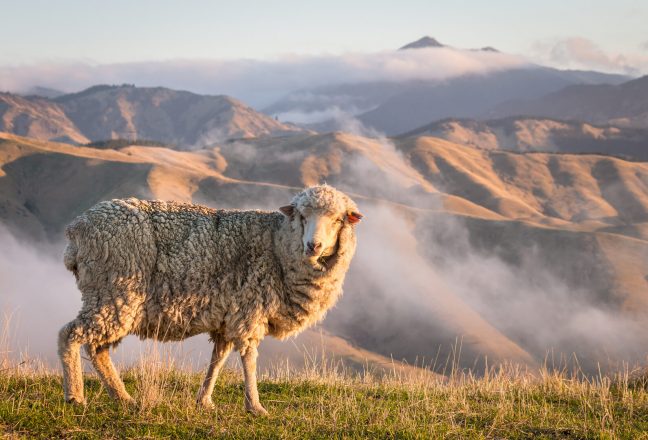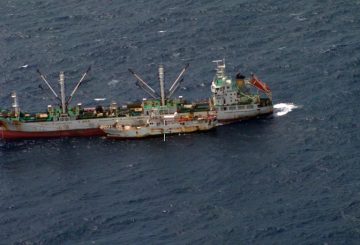Triển vọng kinh tế của khu vực sơ cấp New Zealand sáng sủa bất chấp những thách thức đáng kể từ COVID-19, Bộ trưởng Nông nghiệp, Thương mại và Tăng trưởng Xuất khẩu Damien O’Connor cho biết hôm thứ Ba.
Báo cáo tình hình và triển vọng mới nhất cho ngành công nghiệp sơ cấp dự báo doanh thu xuất khẩu thực phẩm và sợi đạt hơn 47,5 tỷ đô la NZ trong năm kết thúc vào tháng 6 năm 2021, và kỷ lục 49,2 tỷ đô la NZ (34,8 tỷ đô la Mỹ) trong năm tiếp theo, theo O’Connor.
“Hiệu suất mạnh mẽ này là minh chứng cho khả năng thích ứng của ngành để giữ cho các doanh nghiệp hoạt động và người lao động trong công việc. Các nhà sản xuất đang làm việc để bảo vệ nhân viên và cộng đồng an toàn khỏi COVID, và cung cấp các sản phẩm thực phẩm và sợi cần thiết trong và ngoài nước”, O’Connor nói.
“Các nhà biểu diễn ngôi sao trong năm nay bao gồm ngành làm vườn”, ông nói. O’Connor nói thêm rằng doanh thu xuất khẩu của ngành làm vườn dự báo đạt gần 7,1 tỷ đô la NZ, tăng 8,9% so với năm trước. Nó được thúc đẩy bởi thu hoạch thành công vào đầu năm 2020 và tiếp tục nhu cầu mạnh về trái cây tươi và rượu vang.
“Doanh thu xuất khẩu tăng thêm 5,3% dự kiến cho lĩnh vực canh tác trong năm kết thúc tháng 6 năm 2021, sau khi bội thu tăng 23% so với năm trước,” ông nói.
Bộ trưởng Lâm nghiệp Stuart Nash cho biết xuất khẩu lâm nghiệp đang có dấu hiệu phục hồi tốt. “Nhu cầu mạnh mẽ đối với các khúc gỗ từ Trung Quốc và gỗ xẻ từ Hoa Kỳ đang thúc đẩy sự phục hồi trong xuất khẩu lâm nghiệp của chúng tôi”, Nash nói.
O’Connor cho biết doanh thu xuất khẩu đối với một số ngành dự báo sẽ giảm trong năm tới tháng 6 năm 2021 nhưng dự kiến sẽ hồi phục mạnh hơn trong năm sau.
Doanh thu xuất khẩu sữa được dự báo sẽ giảm 4,6% xuống còn 19,2 tỷ đô la NZ trong năm đến tháng 6 năm 2021, do giá sữa toàn cầu yếu đi, khi thị trường tiếp tục đối phó với những tác động từ COVID-19, O’Connor cho biết.
“Tuy nhiên, điều này cần được bù đắp bởi nhu cầu cao đối với các sản phẩm sữa của chúng tôi, đặc biệt là từ Trung Quốc, để hỗ trợ lợi nhuận mạnh trong lĩnh vực trung hạn, với doanh thu xuất khẩu dự kiến đạt 20,1 tỷ đô la NZ trong năm kết thúc tháng 6/2022”, ông nói.
Trong khi các tác động từ COVID-19 sẽ được nhìn thấy trong một thời gian, New Zealand được đặt rất tốt để phục hồi, O’Connor cho biết.





























































